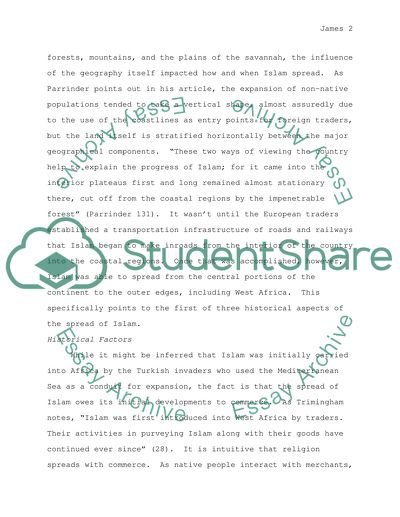Cite this document
(“Islam and West African Indigenous Religion Essay”, n.d.)
Islam and West African Indigenous Religion Essay. Retrieved from https://studentshare.org/miscellaneous/1510264-islam-and-west-african-indigenous-religion
Islam and West African Indigenous Religion Essay. Retrieved from https://studentshare.org/miscellaneous/1510264-islam-and-west-african-indigenous-religion
(Islam and West African Indigenous Religion Essay)
Islam and West African Indigenous Religion Essay. https://studentshare.org/miscellaneous/1510264-islam-and-west-african-indigenous-religion.
Islam and West African Indigenous Religion Essay. https://studentshare.org/miscellaneous/1510264-islam-and-west-african-indigenous-religion.
“Islam and West African Indigenous Religion Essay”, n.d. https://studentshare.org/miscellaneous/1510264-islam-and-west-african-indigenous-religion.


